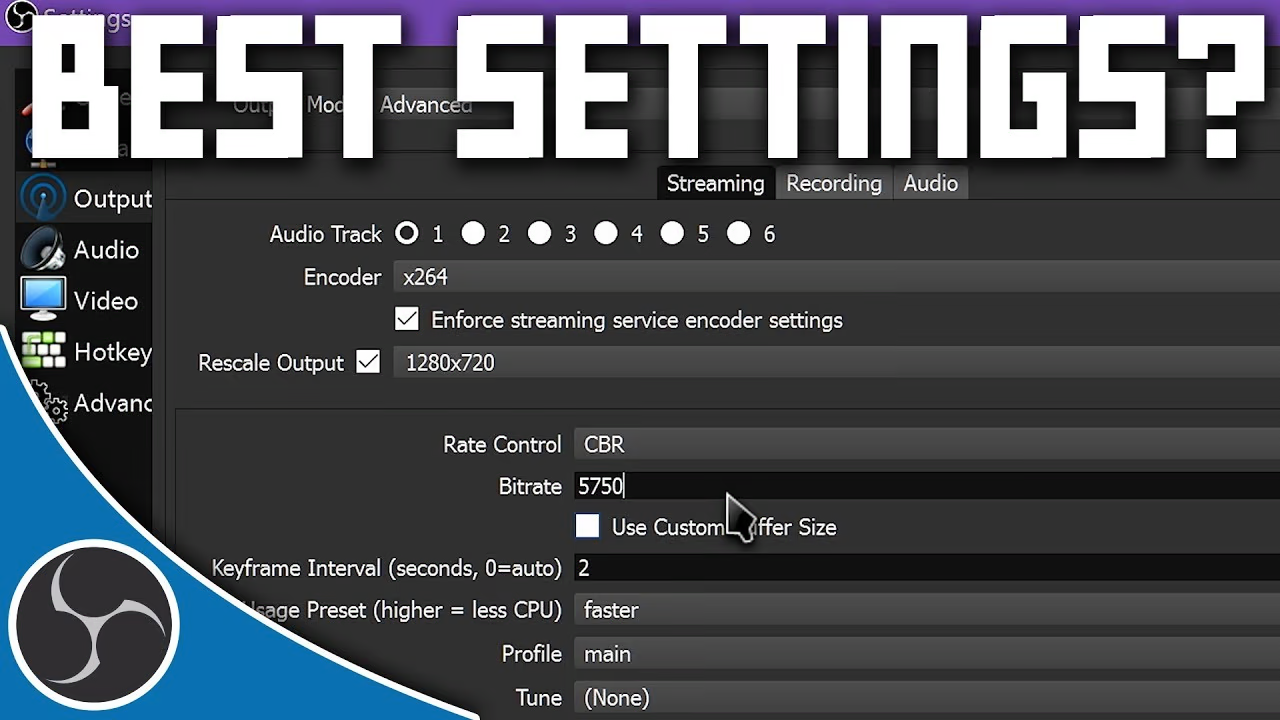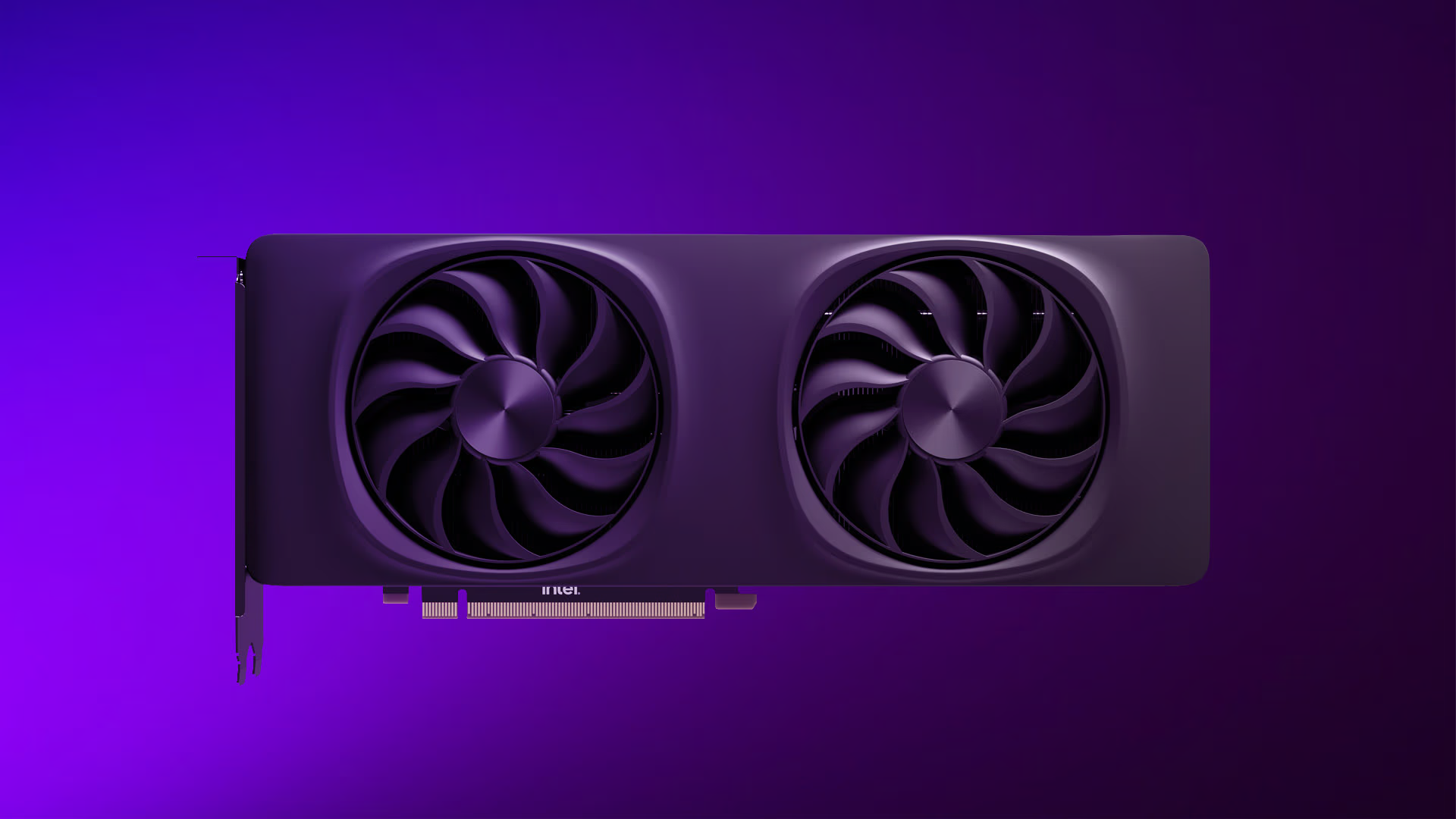🏁 Why You Shouldn’t Use 4 RAM Sticks: Lower Speeds, Higher Latency Explained

Table of Contents
💡 Why 4 RAM Sticks Can Hurt Performance: What PC Builders Need to Know
While it might seem logical that filling all your RAM slots would offer maximum memory bandwidth and capacity, in reality, using four RAM sticks in a consumer PC often results in lower clock speeds, increased latency, and reduced stability. In this article, we'll explain the technical reasons behind these issues and share best practices to ensure optimal performance.
📊 DIMM Configuration: Why More Isn’t Always Better
Modern CPUs and motherboards are built to support dual-channel memory, typically up to two DIMM slots per channel. While using four sticks doubles your total memory capacity, it introduces additional signal routing and electrical load complexity. This often forces the memory controller to reduce frequency and loosen timing parameters to maintain stability.
Community consensus—from Reddit to Linus Tech Tips—is clear: quadruple-stick DDR5 kits frequently struggle to run at their advertised XMP/EXPO speeds. Builders often have to manually step down clock rates from 6000 MT/s to 3000–3600 MT/s to avoid system crashes or memory errors.
🎯 Real-World Impact: Speed, Latency & Stability
Benchmark comparisons from TechPowerUp and Tom’s Hardware reveal that while FPS differences between dual- and quad-stick setups may be minimal in some games, the underlying memory latency is consistently lower—meaning smoother performance—on dual-DIMM configurations.
One tester reported that a system with 4 × 32 GB DDR5 modules had to reduce speed from 5600 to 5200 MT/s to run stably, while the same total capacity using 2 × 64 GB maintained full 5600 MT/s speeds with tight timings.
High-load scenarios, like rendering or large data operations, further highlight these differences. A Tom’s Hardware user found that during intense memory usage on a 128 GB (4‑stick) DDR5 system, performance lag and instability appeared—issues that didn’t occur with an equivalent 64 GB dual-stick setup.
✅ Best Practice: Two Large Sticks Over Four Smaller
- If you require 64 GB or more, opt for a 2 × 32 GB or 2 × 64 GB kit rather than 4 × 16 GB or 4 × 32 GB.
- Dual-DIMM setups involve fewer memory traces and routing, which helps the system maintain higher speeds and stable XMP/EXPO profiles.
- Although 4-stick configurations may still run, expect to disable or downclock from advertised speeds to maintain reliability.
🔄 When Four Sticks Make Sense
Some exceptions exist. High-end workstations or servers using quad-channel memory (like AMD Threadripper or Intel Xeon platforms) are designed to take full advantage of four sticks. In those scenarios, the motherboard and CPU memory controller are engineered for four-rank, multi-channel configurations. For mainstream desktop builds, however, the benefits rarely justify the drawbacks.
🕒 Understanding CAS Latency & Memory Timings
CAS latency (CL) indicates how many clock cycles pass before data can be accessed. More DIMM sticks typically raise CAS latency because the memory controller must wait longer to ensure signal integrity. At the same time, this undermines the gains of having high memory transfer rates.
For example, two 6000 MT/s sticks with CL30 latency might yield better performance than four sticks pushed to 6000 MT/s at CL40, due to the time penalty involved in each access.
🛠 Tips for Better Memory Setup
- Purchase matched kits—these are pre-tested to run well together.
- After installation, always run tools like MemTest86 or HCI MemTest under high-load to catch errors.
- Consider dropping memory clock speeds by 200–400 MHz if using four sticks to regain stability.
- Valuable boards using Intel’s T-topology trace design handle four sticks more gracefully, but two sticks remain ideal.
🔗 Build confidently with BattleForge PC
Want a system optimized for both capacity and performance? Use our PC Customizer to choose memory kits that balance speed, latency, and capacity. Or choose from our Prebuilt PCs, which are tested for optimal RAM configurations.
📄 External References & Community Insights
Comments
Please log in to comment


